Why ‘The Horse and His Boy’ is the Best of Lewis’s Chronicles of Narnia
C. S. Lewis’s fifth book in his Chronicles of Narnia series, The Horse and His Boy, shares the story of a boy, a girl, a war horse, and a mare. They unite in an attempt to escape a land of slavery and oppression and make for the light and freedom of Narnia in the north.
The Horse and His Boy is unique among the Chronicles because, out of its fifteen chapters, only one cracks open the door to Narnia itself. For this reason, however, The Horse and His Boy is the most Narnian of the Chronicles.
Beholding the world of The Horse and His Boy
For a beloved and internationally celebrated children’s fantasy series that began with The Lion, the Witch, and the Wardrobe, of course The Horse and His Boy would have excellent worldbuilding. What else would we expect from Lewis, who, as author Lev Grossman said, first split the atom on the modern fantasy novel?
But when we look at Narnia’s development and expansion through Lewis’s drafting of these stories, we find The Horse gives us the broadest picture of the larger world in which Narnia exists. And precisely because the story does not take place in Narnia, this story gives us more than a bird’s-eye view.
Until the very last chapter of The Lion, the Witch and the Wardrobe, the reader may assume Narnia is a world unto itself. The story gives us little idea of lands beyond its borders. But by the time The Lion was published, Lewis had already written Prince Caspian, The Voyage of the Dawn Treader, and The Horse and His Boy. We can track the Narnian world’s expansion in Lewis’s mind.
For example, Prince Caspian, much like The Lion, exclusively concerns the land of Narnia, and The Voyage extends the Narnian vision to the Eastern Sea and Aslan’s Country. These two lands are first mentioned in both The Lion and Prince Caspian, and they have direct connections to Narnia and its inhabitants. But book 4, The Silver Chair, opens Narnia’s geography even wider to the giant-inhabited countries of the far north. Book 5, The Horse and His Boy, begins a different expansion, into the gentle, lush kingdom of Archenland to Narnia’s immediate south, and the vast, seemingly ever-expanding kingdom of Calormen that takes up roughly half of the land-mass visible on maps of the Narnian world. On Calormen’s western frontier live rebel peoples who still resist the Tisroc’s mighty armies, and the Eastern Sea is littered with vessels for trade and exploration.
This development of Narnia’s wider world is crucial for readers. That’s partly why we should read the Narnia series in written order or publication order, and not according to the stories’ internal chronology.1 In a very meta way, readers can experience Narnia’s growth just like how Lucy experiences Aslan. Every time the youngest Pevensie returned to Narnia, it seemed that Aslan had grown bigger. But when Lucy mentions it, Aslan tells her, “That is because you are older, little one. . . . Every year you grow, you will find me bigger.” Similarly, every time readers return to Narnia, they have grown older and so find the Narnian world bigger and richer.
In The Horse and His Boy, Lewis creates a crystal image of Calormen on which readers’ eyes might feast. In fact, he may build an entire series’ worth of description and characterization into a single novel. Lewis paints this land of Calormen with rainbow vividness: Loud, crowded, noisy streets of Tashbaan, a city set on a hill in the middle of a great river. Rolling, grassy hills and the many-inleted coastline. Riverside houses with their cool gardens and citric orchards. Vast, blindingly hot, and seemingly impassable deserts.
We find invested in Calormen a wealth of complex imagery and industry that rivals the riches of Narnia itself.
Meeting the characters from Calormen
The Horse and His Boy retains a level of fantasy absent from the other Narnia books. This is the only story without portals between our world and Narnia’s, granting us no chance to identify with people from our world. Even the later presence of Susan, Edmund, and Lucy in Tashbaan aren’t meant to reassure readers familiar with them. In Calormen’s capital, these queens and king are very nearly as Narnian as Tumnus the Faun and Sallowpad the raven. Instead, Lewis shares this story exclusively from the eyes of Calormenes (by birth or by kidnapping).
The Horse divides its quartet into two pairs. Aravis and Bree serve as mirror images. They are high-born and highly valued, representing the upper end of an intensely hierarchical and classist society. Shasta and Hwin, however, stand in for the low-born and under-valued: the slaves and beasts of burden. Yet none of these characters serve as archetypes. They are complex and multi-layered, contributing to the story’s sense of Calormen as a fully realized, independent country—not just a land on the periphery of a narrative in which Narnia is heroic and central.
The Horse and His Boy runs stronger and improves all of Narnia by depicting this diverse, colorful realm of characters, locations, and values. Narnia itself is a more glorious place precisely because this story shows creatures of various societies, religions, cultures, species, and ethnicities.
Lasaraleen, the Instagram girl of Tashbaan, cannot switch places with Aravis without changing the story. Rabadash, the Tisroc, Ahoshta, Anradin Tarkaan, and Arsheesh are all fully rendered, even if they appear minor in the story. King Lune, Prince Corin, and the Hermit of the Southern March are not Narnian cut-outs but distinctly Archenlandish—they’re wilder, less rigid, less refined than Narnians.
From outside Narnia, we newly behold Narnian values
Although The Horse lets us spend only a little time in Narnia, this story more fully expounds the Narnian spirit and Narnian values than any of the other Chronicles.
Here, Lewis compares the Narnian way against thinking that values birth and station over the individual. By contrast, Calormene life is driven by cruelty and power. As Lewis tells us, “In Tashbaan there is only one traffic regulation, which is that everyone who is less important has to get out of the way for everyone who is more important—unless you want a cut from a whip or punch from the butt end of a spear.”2
Calormen’s people frown upon the softer, more gracious values of friendship, loyalty, freedom, acceptance, and compassion. Thus, when this story evidences these virtues, they shine all the brighter:
Instead of being grave and mysterious like most Calormenes, [the Narnians] walked with a swing and let their arms and shoulders free, and chatted and laughed. . . . You could see that they were ready to be friends with anyone who was friendly and didn’t give a fig for anyone who wasn’t. Shasta thought he had never seen anything so lovely in his life.3
Bree, Shasta, Aravis, and Hwin deeply desire to reach a land where they can live freely. Readers cheer for them because we also desire this. We long to be free from entrapments of birth, society, and others’ expectations as well as free from abuse and slavery, whether physical, psychological, emotional, or spiritual. The Horse addresses all these through the experiences of these four escapees.
Take your place in the land of Narnia
To enter The Horse and His Boy, readers are not jolted from one world to another, just like the story’s heroes are not drawn out of their world by magic horns or magic rings. Instead, their path to happiness lies not through a magical wardrobe, but through a bustling metropolis and across a blistering desert. They don’t battle magical forces, but conflict with humans driven by powerful and petty motivations.
In every Narnian chronicle, Narnia may seem untouchable and unreachable, known only to the fortunate few who happen to stumble upon a magic nook that leads to the other world. For us, then, such an escape is truly a fantasy. But in The Horse and His Boy, this desire for escape and freedom becomes more than a dream. Instead of seeing characters from our world find their place in Narnia, characters in the Narnian world finding their place there. Narnia takes a place in its own world, and we get to see fantasy become reality. We see their longing fulfilled—and glimpse the idea that someday, we can also step into that world of forever happiness.
- For more about reasons for publication order, see What Is the Correct Reading Order for The Chronicles of Narnia?, Cap Stewart at Crosswalk.com, April 23, 2021. ↩
- The Horse and His Boy, C. S. Lewis, page 56. ↩
- Ibid, page 58. ↩




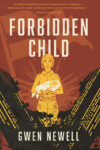


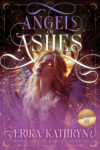



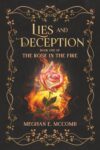

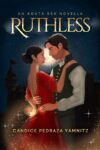
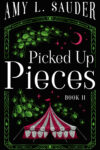
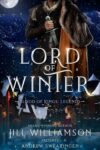
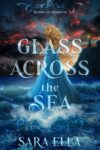



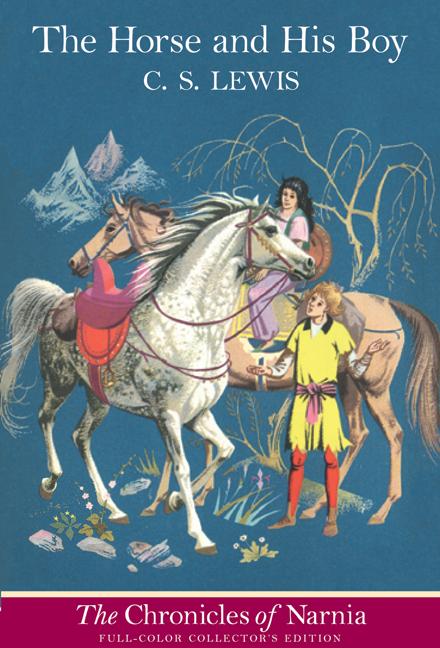
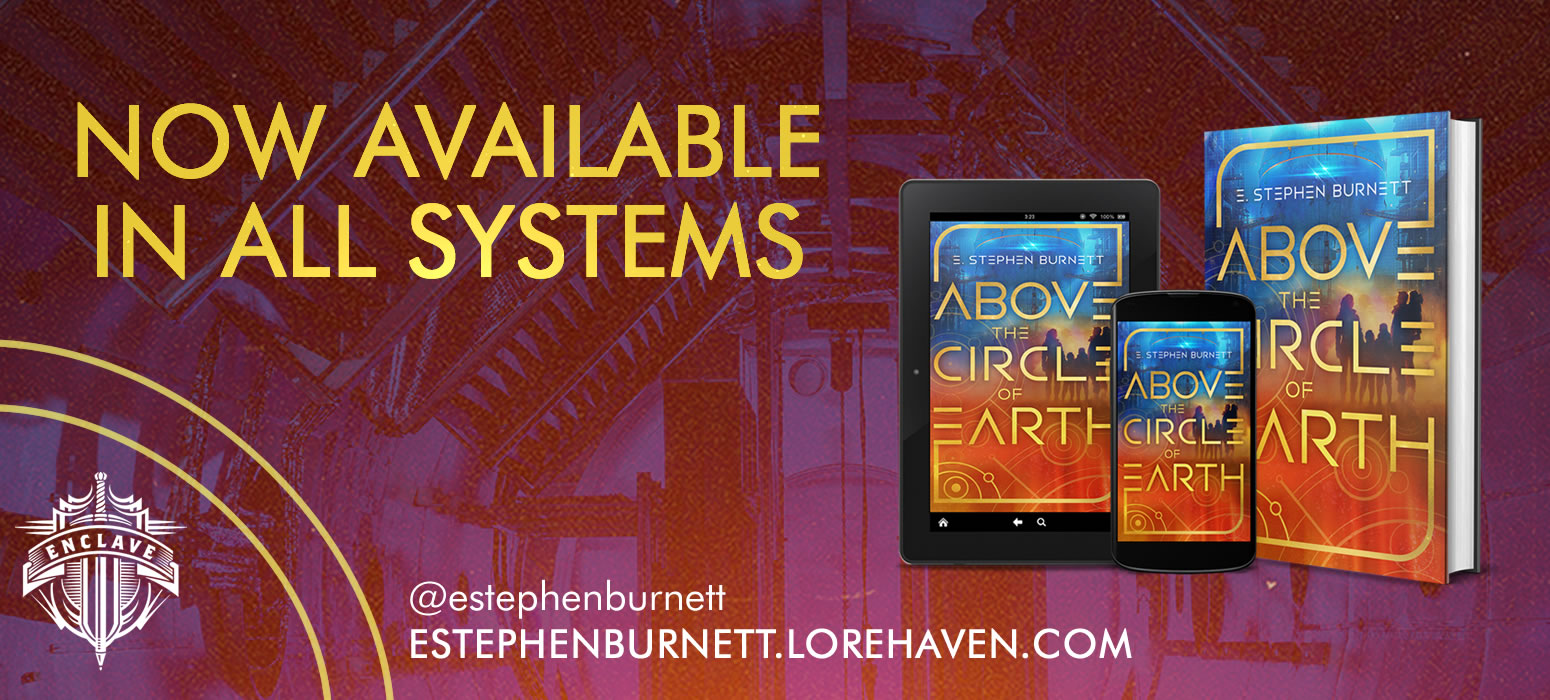
It was my favorite when I was growing up! I didn’t have any reasons for that, just that I liked it more. 🙂
I think I’m gonna have to reconsider this series. I read 3 of the books about 20 years ago and didn’t care for them at all. I’m wondering if I’ll see them differently now.
Thanks for a thoughtful review!
Amen to reading the series in the order it was written! You miss so much of the beauty and wonder of discovery if you read it out of the release order. An author is developing characters, situations, arcs, as they go along. To try to force a chronology on a series is dishonoring to the author. In my opinion, and that and $10 will get you a cup of coffee somewhere!
Same here: favorite of the series by far. I reread it at least once a year, consistently, and always get something new each time. I’ve told many young midshipmen that you will find no better an example of how to be a noble warrior than to look at King Lune.
I generally agree that it is the best or one of the best. It felt the most immersive and with the best character development. Rabadash’s obsession with Susan seemed slightly contrived to me, but aside from that, it was enjoyable. Also, it seemed to me the best character development Susan Pevensie ever gets, which is something.